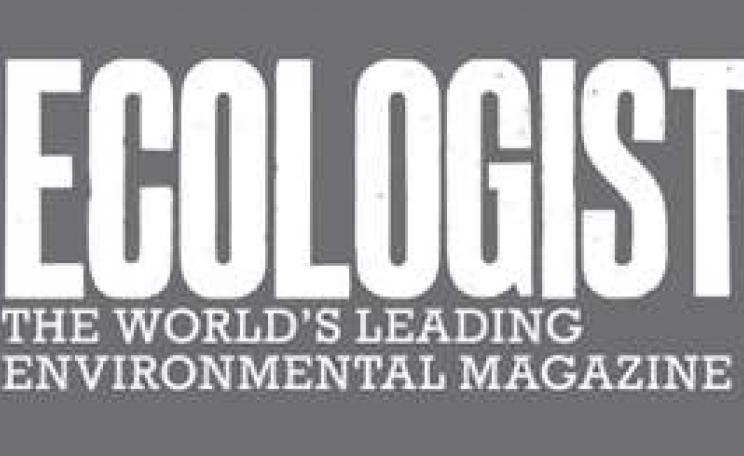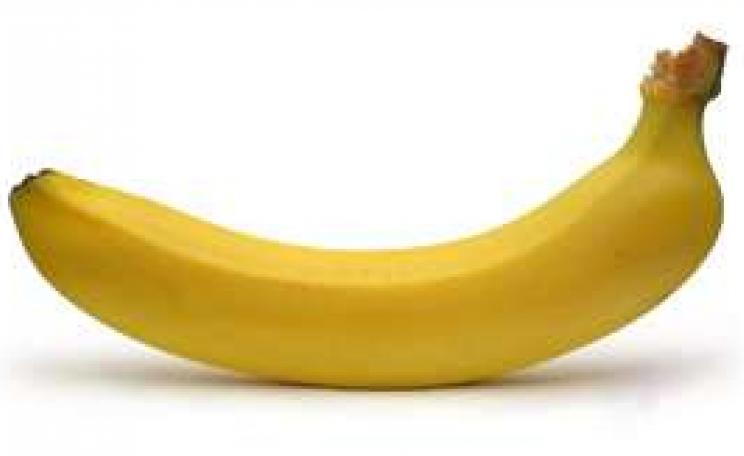The Slow Food Movement
On November 9, 1989 a remarkable organisation was born. At the Opera Comique in Paris the International Movement for the Defence of and the Right to Pleasure – or ‘Slow Food’ movement – officially came into being. The archetypally slow snail was chosen as the movement’s symbol.
The manifesto (see below), and the philosophy that guides the movement were endorsed by delegates from Argentina, Austria, Brazil, Denmark, France, Germany, Holland, Hungary, Italy, Japan, Spain, Sweden, Switzerland, the US and Venezuela. Today there are over 60,000 members worldwide.
The philosophy of the Slow Food movement
One of the first books devoted entirely to snails was written in 1607 by Francesco Angelita of L'Aquila in Italy. His particular focus was on what human beings could learn from the silent life of snails. Careful observation revealed behaviour that can be summed up as follows: the snail is ‘of slow motion, to educate us that being fast makes man inconsiderate and foolish’; and, since it carries its house, ‘wherever the snail is, that is its home’.
Angelita believed all creatures to be God-sent bearers of the divine message. He considered slowness, adaptability and the ability to settle anywhere, in any situation, to be essential virtues. By slowness, Angelita meant both prudence and solemnity – the wit of the philosopher and the moderation of the authoritative governor. We could extend this interpretation to say that the snail takes its time as it trails along, impervious to haste and readily at home everywhere. Cosmopolitan and thoughtful, the snail prefers nature to civilisation – which it carries on its own back in the shape of its shell.
We all know that speed has been the obsession of the modern world for the past 100 years, that it dominates every aspect of social organisation and consequently also regulates our meals. But speed also multiplies our leisure time and empty hours – extending that part of the week devoted to relaxation, recreation and pleasure.
It is a contradiction that still requires a solution. If only we could look around like snails – warily come out of our shells, save energy and draw more from our contact with the earth and its fruits. Surely, this would be a new way of life?
Fast Food figures
$110 billion - US expenditure per year on fast food – more than is spent on higher education
90 - per cent of the money Americans spend on food is used to buy processed foods
$1.4 billion - value of US artificial flavouring industry
70,000 - number of Dactylopius insects needed to produce a pound of carmine (used to make processed food pink, red or purple)
49 - number of ingredients in typical artificial strawberry flavouring
25 - per cent of Americans will visit a fast-food restaurant on any given day
25 - per cent of American adults are obese (double the level in 1980)
560 - calories in a Big Mac (recommended daily allowance: 2,000-2,500)
£1.26 billion - spending per year in Britain on burgers; the UK fast food industry as a whole is worth more than £5 billion a year
200 - litres of soft drink consumed on average per year by every British child
$10 million - amount paid by McDonald’s last year to Hindu and vegetarian groups following the revelation that the firm cooked its fries in beef tallow
600 - stores opened in 2002 by McDonald’s (down from 2,000 in 1996)
1 million - people work for McDonald's worldwide, ‘feeding’ 35 million people a day
Cheese war
In defiance of trends in both taste and trade regulations, the Slow Food movement is leading the defence of unpasteurised or ‘raw-milk’ cheese. The production of this cheese has a long cultural history, but it is under threat from the sanitation and homogenisation typical of modern mass-produced foods. European Union, World Trade Organisation and US Food and Drug Administration regulations have all aimed to impose uniform norms of dairy production, supposedly to protect human health. Yet Slow Food argues that a diet of sterile food is detrimental to human health. The movement says our immune system may become ineffective and reliant on medication without bacteriological challenge from food.
Increasing commercial standardisation has also squeezed raw-milk cheese off the supermarket shelf. Those that suffer as a result are almost always the small, independent cheese producers. Once their knowledge is lost, it can never be regained.
Moreover, enforced pasteurisation affects the unique flavour and aroma of cheese. Raw-milk cheese is, therefore, at the forefront of the Slow Food movement’s campaign to protect our threatened regional foods.
You can become part of this campaign by sending the message ‘I also eat raw-milk cheese’ to the e-mail address: rawmilk@slowfood.com.
To find out more about the Slow Food Movement, contact it at:
Via Mendicità 8, 12042 Bra (CN), Italy;
Tel: +39 (0)172 419 611 Fax: +39 (0)172 421 293;
Email international@slowfood.com: Website: www.slowfood.com
BOX: SLOW FOOD AWARD
The Slow Food Award was set up in 2000 to publicise and reward those who work to preserve natural biodiversity in both agriculture and gastronomy.
Among the winners in 2002 were:
ERPE, Riobamba, Ecuador
Founded in 1962, this pioneering radio station began by broadcasting literacy lessons across poor, rural areas. In 1991 the station began a series of programmes on organic farming.
Focusing on quinoa, an Inca staple, the broadcasts encouraged local farmers to convert to organic methods. By securing a US market for the produce, ERPE was able to restore a livelihood and native crop to a people in danger of losing everything.
The American Chestnut Foundation, Vermont, USA
The vast chestnut forests of the central Appalachians disappeared less than a century ago – the victims of blight carried on seedlings imported from the east. By 1950 less than 100 of an estimated 4 billion trees remained.
In 1980, the American Chestnut Foundation set out to restore the forests. First, they bred US chestnuts with blight-resistant Chinese trees. They then bred successive new generations with US parent trees. The result was blight-resistant trees that are 15/16ths American.
Last year, the foundation planted the last inter-cross generation. It hopes to begin distributing its seeds by 2006.
Dimitrios Dimos, Avra, Greece
Before Dimitrios Dimos threw himself into rescuing the breed, the Katerini cattle of Greece were on the verge of extinction. From one bull and five cows Dimos now has a herd of 110 cattle. He sustains his enterprise through the sale of the animals’ meat.
Having, almost singlehandedly rescued an ancient indigenous breed from extinction, Dimos now hopes to repeat the project with sheep, goats and pigs.
BOX: The Slow Food manifesto
Our century, which began and has developed under the insignia of industrial civilisation, first invented the machine and then took it as its life model.
We are enslaved by speed and have all succumbed to the same insidious virus: ‘fast life’, which disrupts our habits, pervades the privacy of our homes and forces us to eat fast foods.
To be worthy of his name, Homo sapiens should rid himself of speed before it reduces him to a species in danger of extinction.
A firm defence of quiet material pleasure is the only way to oppose the universal folly of fast life.
May suitable doses of guaranteed sensual pleasure and slow, long-lasting enjoyment preserve us from the contagion of the multitude who mistake frenzy for efficiency.
Our defence should begin at the table with slow food. Let us rediscover the flavours and savours of regional cooking, and banish the degrading effects of fast food.
In the name of productivity, fast life has changed our way of being and threatens our environment and our landscapes. So, slow food is now the only truly progressive answer.
That is what real culture is all about: developing taste rather than demeaning it. And what better way to set about this than an international exchange of experiences, knowledge, projects?
Slow food guarantees a better future.
Slow food is an idea that needs plenty of qualified supporters who can help turn this (slow) motion into an international movement, with the little snail as its symbol.
This article first appeared in the Ecologist April 2004
For ethical and sustainable suppliers of Food and Drink goods and services check out the Ecologist Green Directory here







